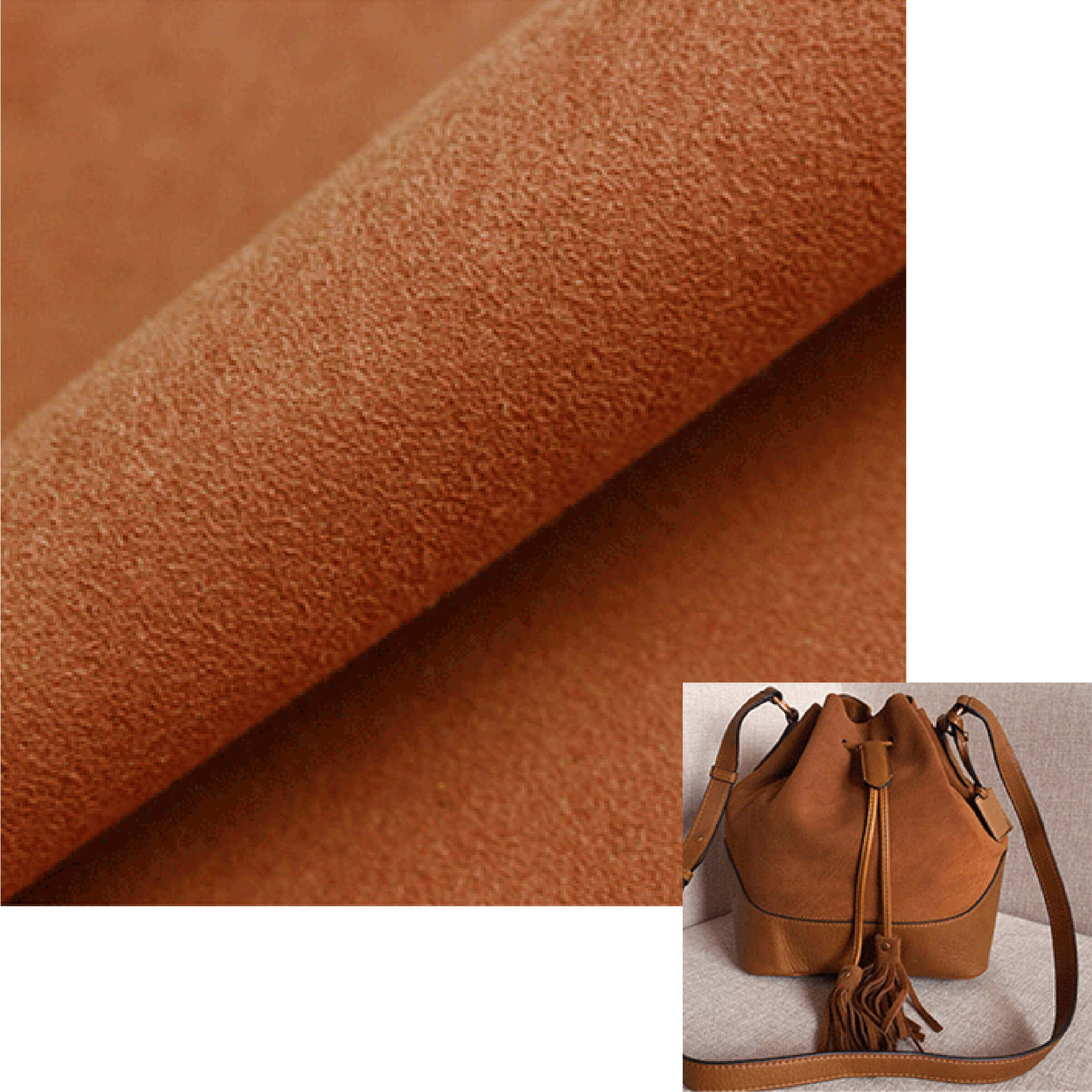Email format error
Email cannot be empty
Email already exists
6-20 characters(letters plus numbers only)
The password is inconsistent
Email format error
Email cannot be empty
Email does not exist
6-20 characters(letters plus numbers only)
The password is inconsistent

News

Types of Suede Hides: A Comprehensive Exploration
Introduction to Suede Hides
Suede hides, renowned for their plush texture and distinct appearance, have carved a niche in diverse industries. Derived from various animal sources, these hides offer unique properties that make them indispensable in the fashion, interior design, and automotive sectors.
Animal Sources for Suede Hides
Cowhide Suede: Among the most prevalent variants, cowhide suede possesses robust qualities. Its durability and flexibility make it a preferred choice for crafting footwear and upholstery. When juxtaposed with lamb suede hides, cowhide often showcases a denser grain, which can influence its applications across different domains.
Lamb Suede Hides: Lamb suede, celebrated for its softness, finds extensive use in luxury fashion items such as jackets and handbags. The finer grain of lamb hides imparts a smoother finish, enhancing its appeal in high-end products. Fashion designers and artisans often gravitate toward lamb suede for its elegance and tactile richness.
Goat Suede Varieties: Goat suede hides present a unique blend of durability and suppleness. Originating from various regions globally, including Asia and Europe, these hides cater to a broad spectrum of applications. Their adaptability makes them suitable for products ranging from garments to accessories, reflecting the global demand for diverse suede textures.
Grading System for Suede Hides
Grade A Suede Hides: Recognized for their impeccable quality, Grade A suede hides undergo stringent quality checks. These premium hides often feature uniform texture and minimal imperfections, making them ideal for luxury brands and high-end applications. From couture fashion to upscale interior design, Grade A suede leaves an indelible mark of sophistication.
Grade B and C Suede Hides: While Grade B and C suede hides may exhibit slight variations in texture or appearance, they offer economical alternatives without compromising on quality. Industries seeking cost-effective solutions frequently leverage these grades, adapting them for diverse applications based on specific requirements and budget constraints.

Specialty Suede Hides
Exotic Animal Suede Hides: Beyond conventional sources, exotic animal suede hides intrigue discerning consumers and designers alike. Ethical considerations surrounding their sourcing necessitate responsible practices. Nevertheless, these unique hides contribute to avant-garde fashion and design, reflecting the interplay between innovation and sustainability.
Treated and Finished Suede Hides: Innovations in suede treatment processes yield hides with enhanced properties, such as water resistance or increased durability. These treated variants expand the application scope of suede hides, catering to evolving consumer preferences and industry demands. Manufacturers and artisans continually explore novel treatments to optimize suede performance across diverse domains.
Geographical Variations in Suede Hides
European Suede Hides: Europe, renowned for its rich leather heritage, produces suede hides exemplifying craftsmanship and quality. Traditional tanning methods coalesce with modern techniques, fostering an environment conducive to premium suede production. European suede hides resonate with authenticity and artisanal excellence, garnering acclaim across global markets.
Asian Suede Hides: Asia's burgeoning leather industry encompasses a spectrum of suede hides, reflecting regional diversity. Innovative manufacturing practices and market insights propel Asian suede hides to the forefront of global trade. Collaborative endeavors between Asian producers and international brands underscore the region's pivotal role in shaping contemporary suede trends.
North American Suede Hides: North America's suede landscape encompasses a blend of traditional craftsmanship and technological advancements. Regional specialties, influenced by indigenous practices and global influences, manifest in diverse suede textures and finishes. Collaborations between North American artisans and international stakeholders foster cross-cultural exchanges, enriching the global suede industry.
Factors Influencing the Quality of Suede Hides
Tanning Processes: The tanning process significantly impacts suede hide quality. Sustainable practices, such as eco-friendly tanning methods, enhance suede attributes while minimizing environmental impact. Collaborative initiatives between industry stakeholders promote responsible tanning practices, fostering a harmonious balance between quality and sustainability.
Storage and Preservation: Proper storage and preservation techniques prolong suede hide longevity. Environmental factors, including humidity and temperature fluctuations, necessitate vigilant care. Best practices encompass regular maintenance routines and protective measures, safeguarding suede hides against premature wear and ensuring optimal performance.
Conclusion: The Diversity and Significance of Suede Hides
In conclusion, suede hides encompass a diverse spectrum of variants, each contributing distinct qualities to global industries. From premium Grade A hides to specialty exotic variants, suede's versatility underscores its enduring appeal. Collaborative endeavors across geographical regions and domains continually redefine suede's boundaries, reflecting innovation, craftsmanship, and sustainability in a dynamic industry landscape. As consumer preferences evolve, suede hides remain a cornerstone of fashion, design, and innovation, epitomizing timeless elegance and contemporary relevance.

